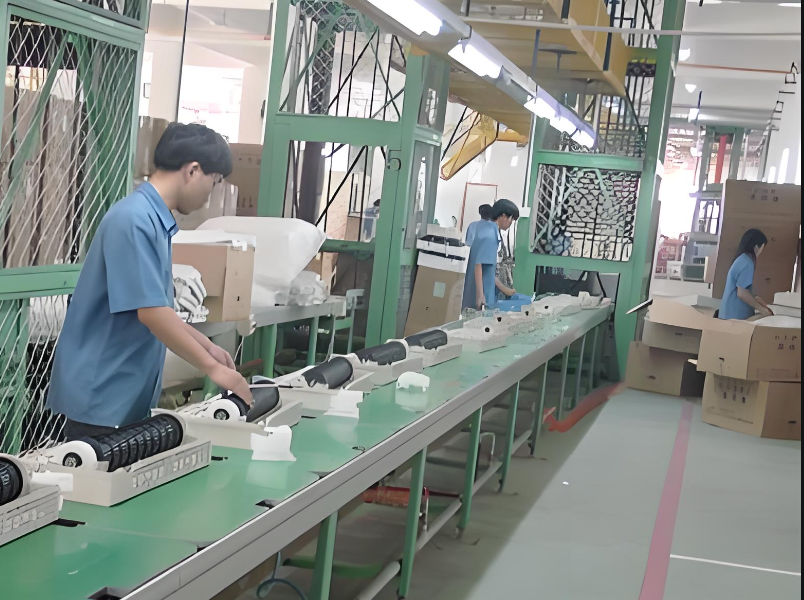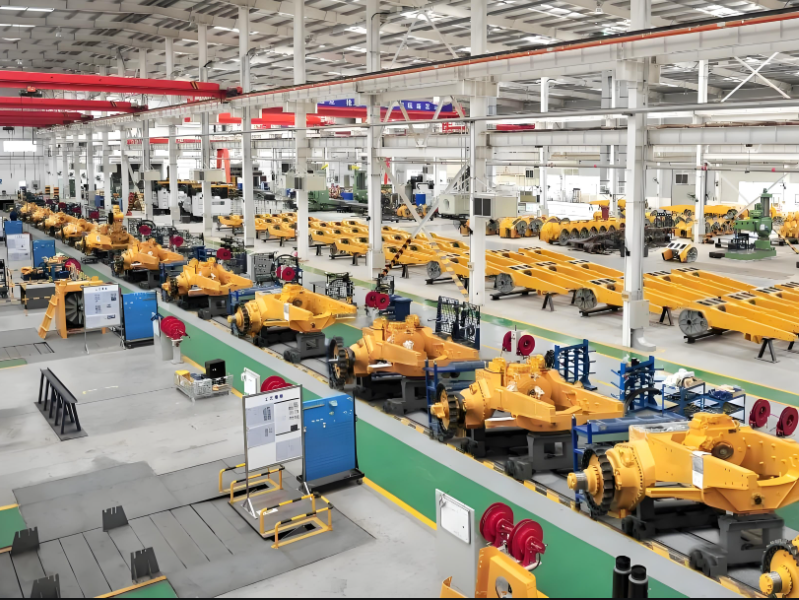Production Line Management
C-Reader Handheld terminals play a vital role in production line management. They significantly improve production efficiency and quality control levels by providing real-time data and instant communication capabilities. The following are some typical applications of handheld terminals in production line management:
1. Real-time data collection and monitoring: Handheld terminals can be connected to various sensors and equipment on the production line to collect production data in real time, such as equipment operating status, production progress, product quality indicators, etc. This data can be immediately viewed by operators so that production processes can be adjusted in real time to avoid potential problems.
2. Workflow automation: Through preset workflows and task assignments, handheld terminals can automatically guide operators to complete specific tasks, such as parts assembly, quality inspection, material handling, etc. This automation not only reduces human error but also improves work efficiency.
3. Inventory management and material tracking: Handheld terminals can be used to scan barcodes or QR codes of materials to update inventory status and material locations in real time. This is critical to ensuring an adequate supply of materials on the production line and avoiding inventory backlogs or shortages.
4. Quality control and compliance: Handheld terminals can integrate various quality control tools, such as photo taking to record defects, GPS positioning to track product location, and barcode/QR code scanning to trace product history. These capabilities help ensure product quality meets industry standards and regulatory requirements.
5. Employee training and guidance: With built-in training materials and operating guides, handheld terminals can serve as an online learning platform for employees, providing instant access to operating manuals, safety procedures and best practices.
6. Production planning and scheduling: The handheld terminal can receive production instructions and changes from the central system, helping operators understand the current production priorities and task arrangements. This helps optimize production processes, reduce waiting times and increase overall production efficiency.
7. Maintenance and preventive repair: By regularly checking the status and performance of the equipment, the handheld terminal can identify impending failures in advance, thereby arranging preventive maintenance and reducing unexpected downtime.
8. Remote support and collaboration: When encountering complex problems, operators can communicate with the expert team in real time through handheld terminals, obtain remote technical support, and accelerate the problem solving process.
The wide application of handheld terminals not only improves the flexibility and response speed of the production line, but also reduces operating costs and enhances the competitiveness of enterprises by reducing errors and improving efficiency. With the development of Internet of Things (IoT) and artificial intelligence technology, the application of handheld terminals in production line management will become more intelligent and efficient.
 Production and distribution ma
Production and distribution ma
 Production Line Management
Production Line Management